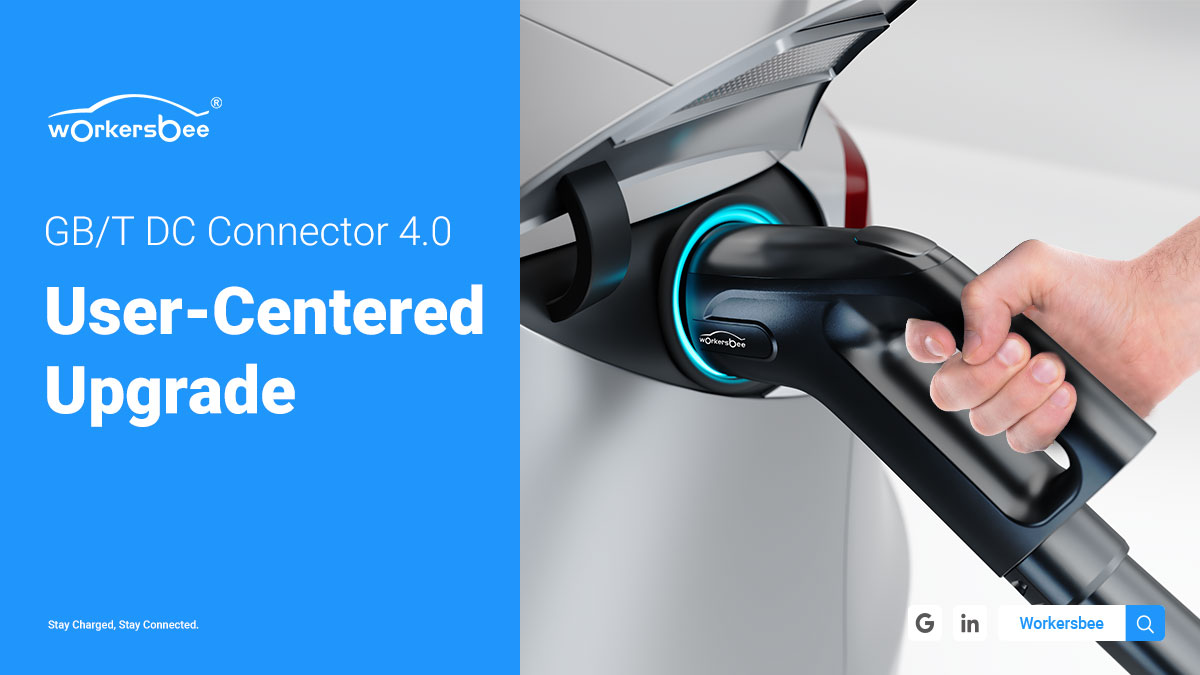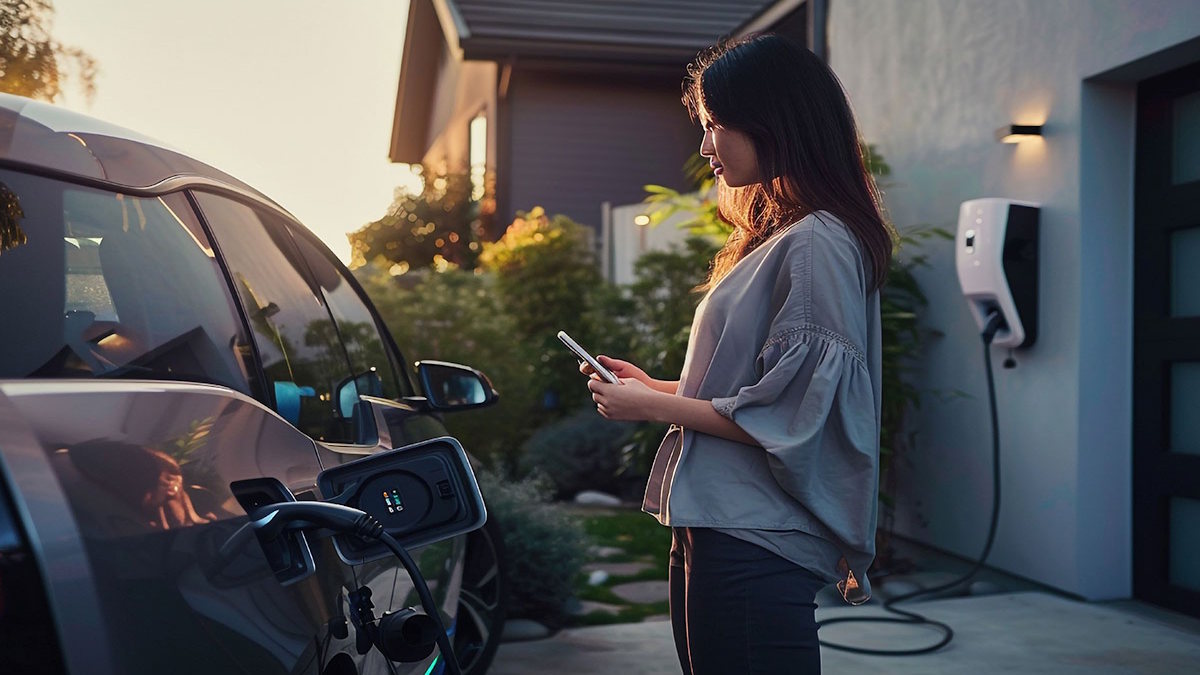 User-Centered: Technical Exploration of GB/T DC Connector 4.0
User-Centered: Technical Exploration of GB/T DC Connector 4.0
Jan 18, 2024
According to the latest market data, China has overtaken Japan as the largest car export country. Although fuel vehicles still dominate among them, as countries continue to make decarbonization efforts, electric vehicles must be the future. With China's strong battery R&D and production capabilities, its exports of EVs will occupy an increasing share. In addition to the continuous increase in the share of GB/T EVs in China's local market, they are also popular in the Middle East and CIS countries.
The sales of electric vehicles will inevitably lead to the popularization of charging facilities of corresponding standards. GB/T DC charging is an effective means of quickly replenishing energy in public places. Its continuous upgrading and innovation play a vital role in promoting the development of EVs and the construction of a decarbonized society.
As a constantly innovative charging solution provider, Workersbee always adheres to user-centeredness. We believe that the charging experience of electric cars directly affects consumer satisfaction and even the adoption of EVs due to word-of-mouth communication.
As the first supplier to step into the wave of R&D and production of GB/T charging plugs, ours have now developed to the fourth generation.
According to the feedback we collected from customers, although our charging performance is satisfactory, sometimes there will be problems with the connector unlocking failing and can't unplug smoothly. Engineers and marketers collected customer cases and further analyzed that it may be due to improper charging operation, the excessive weight of the DC cable, or the connector being dropped and damaged, causing the electronic lock inside the plug to malfunction.
This not only brings a poor charging experience to drivers but also increases the operating costs of charging stations. This means that the entire charging cable may need to be replaced, although the damage may only be to an electronic lock.
The engineering design team quickly responded to this and determined the upgrade direction of the GB/T DC connector:
· Increase the locking strength of the lock hook, enhance compatibility with models on the market, and avoid failure to connect to the car due to improper operation.
· Improve the stability of the electronic lock through structural adjustment, improve the stall strength of the electronic lock, ensure the safe and smooth start and end of the charging process, and enhance the operational efficiency of the charging station.
· Adjust the cable design to solve the problem of electromagnetic interference caused by individual chargers to micro-motion sensors and electronic lock signals when energized.
· Further downsize the size of the electronic lock S switch, improve accuracy, and more efficient process control.
· Optimize the structural design and adopt a quick-change structural design for electronic locks that are used frequently. Extend the service life of connectors, reduce customers' production and operating costs, and increase profits.
Finally, after multiple rounds of calculations, design changes, structural adjustments, and sample production testing, our product team fulfilled their promise.
The locking strength of the lock hook is increased, effectively reducing instability during the connection process and improving the firmness of the lock. The stall strength of the electronic lock is doubled, which increases the radial force on the rotating shaft and avoids error feedback on the electronic lock locking state under general external forces.
The internal cable shielding, previously dispersed with only four individual shields, has been optimized for greater efficiency and strength with a centralized shielding arrangement of three groups. This minimizes the potential for interference connectors caused by EMC overcutting chargers, enhancing compatibility with DC chargers in the market.
Moreover, a clever addition of pin insertion design on the electronic lock has transformed it into a quick-change structure that can be completed in just five steps.
It has perfectly passed a series of rigorous tests on the stability and durability of the connector electronic lock, including the electronic lock stall strength test, the life test under no-load and stall conditions, the lock rod stress test, and the lock hook stress. Finally bringing this delightful product to market.
Returning to the charging experience, Workersbee’s GB/T DC connector has achieved a continuous current output of 250A air-cooled and 600A liquid-cooled. The protection level achieves a high level of waterproof and dustproof IP 67, ensuring the safety and reliability of the charger. The connector handle is comfortable to hold and the force point is ergonomically designed. Even heavy DC cables can be plugged and unplugged with one hand.
We believe that the upgrade in the details, the electronic lock, will bring a more enjoyable charging experience for electric vehicle owners during fast charging. The connection with the vehicle is more stable, significantly reducing the chances of unlocking malfunctions, and ensuring safer, more reliable, and easier operations.
This upgrade also greatly reduces the construction and operating costs of charging stations, enhancing driver satisfaction. The quick-change design for easily damageable components further lowers maintenance costs.
The upgrade history of Workersbee's GB/T DC connectors for several generations has always been user-centered, pursuing details and insisting on innovation. With our keen market sense, cutting-edge R&D technology, and strong production strength, we are confident in collaboratively constructing an electrified future that satisfies consumers with all our outstanding partners.
Read More

 Can You Use Your Electric Car While Charging?
Can You Use Your Electric Car While Charging?
 User-Centered: Technical Exploration of GB/T DC Connector 4.0
User-Centered: Technical Exploration of GB/T DC Connector 4.0